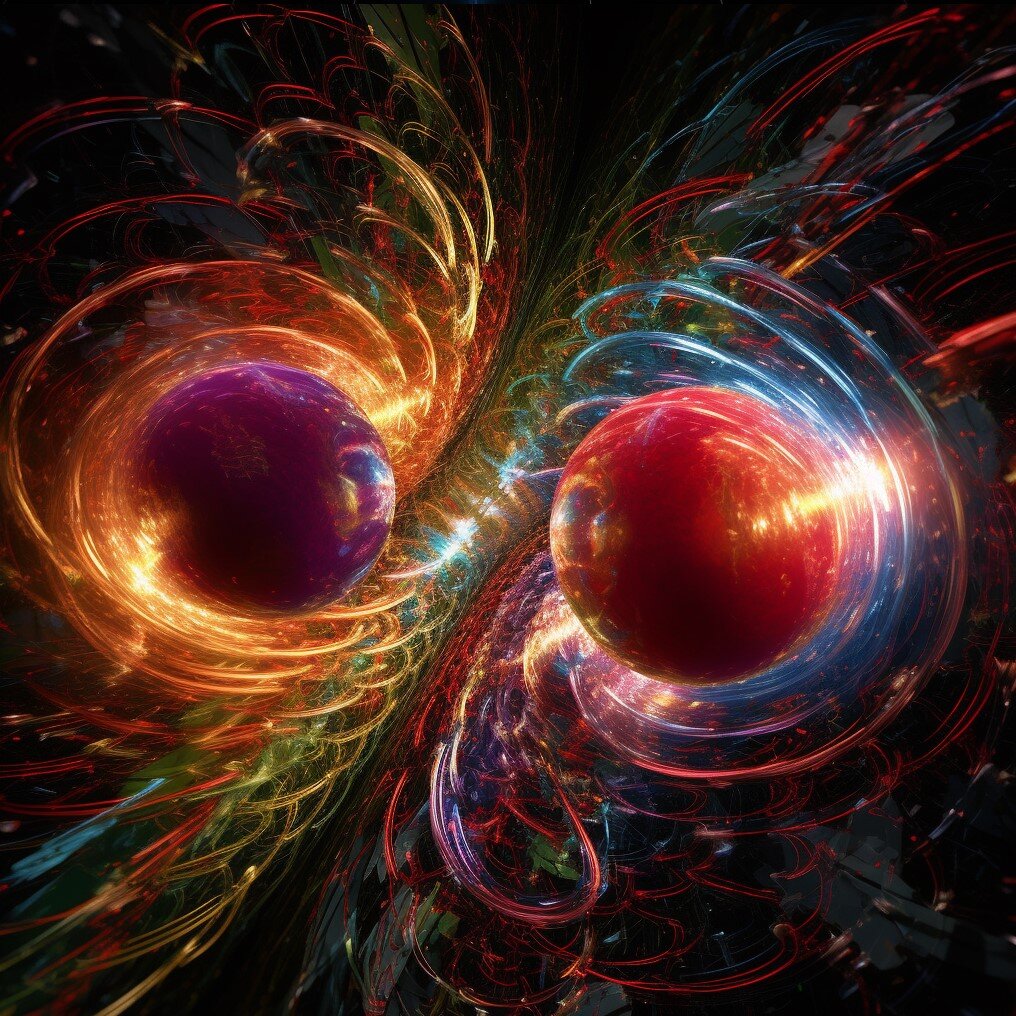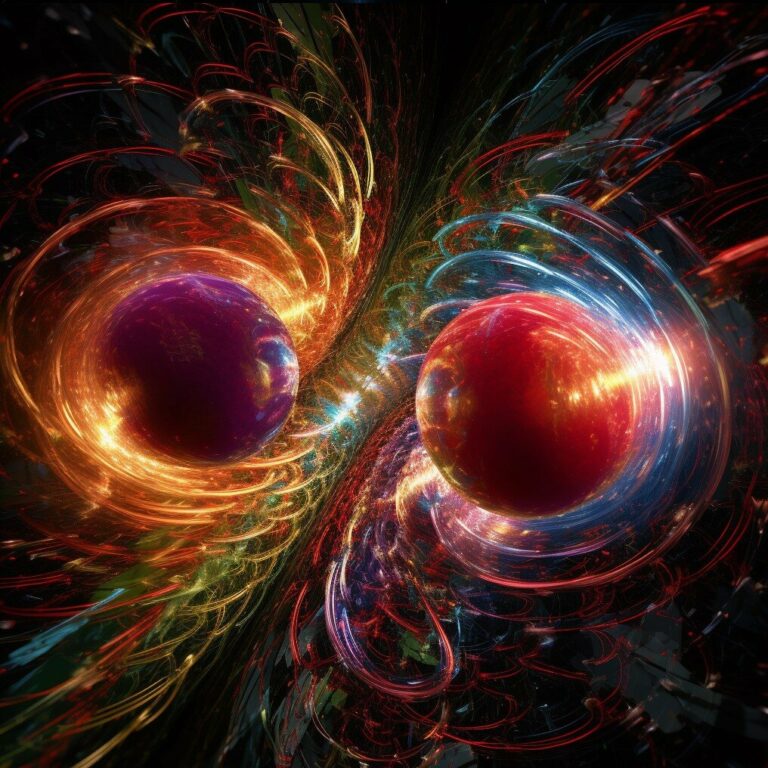ATLAS Experiment Reveals Fundamental Characteristics of Strong Interactions in Quantum Proton Billiards
The quantum characteristics inherent in the interactions among elementary particles offer profound insights, even in seemingly simple processes like elastic scattering. The ATLAS experiment at the LHC accelerator has now disclosed measurements of essential properties governing strong interactions between protons at ultra-high energies. While the physics of billiard ball collisions is a staple of early education, where elastic collisions are approximated, maintaining both momentum and energy, the scattering angle is a key factor determined by the impact parameter—the distance between the centers of the balls perpendicular to their motion. In the realm of particle physics, elastic collisions also occur, unveiling a relationship between collision parameters and scattering angles.
Through precise measurement of scattering angles, researchers can glean information about the spatial structure of colliding particles and the characteristics of their interactions. Researchers from the Institute of Nuclear Physics Polish Academy of Sciences, as part of the ATLAS Collaboration, conducted a measurement of elastic scattering in proton–proton collisions at the LHC accelerator with a center-of-mass energy of 13 TeV. The measurements, due to their extremely small scattering angles, required a dedicated system involving detectors strategically placed over 200 meters from the collision point, utilizing Roman pots to bring detectors close to the beam during data collection.
The Krakow group’s contribution to the trigger and data acquisition system was pivotal for recording data. The experimental setup also incorporated a unique magnetic field configuration shaping the LHC accelerator beam, minimizing angular divergence to enable precise measurements of elastic scattering. Published in the European Physical Journal C, the measurement’s direct outcome is the distribution of the scattering angle, or more precisely, the distribution of the variable “t,” proportional to the square of the angle. Insights into the fundamental properties of nuclear strong interactions at very high energies were derived from this distribution, leveraging quantum properties of elastic scattering. One of these quantum properties is the optical theorem, a consequence of probability conservation in quantum processes.
This theorem links elastic interactions to inelastic ones, allowing the determination of the total cross-section parameter solely from measurements of elastic interactions. The ATLAS Collaboration’s result represents the most precise measurement of this parameter at 13 TeV energy, confirming the increase of the total cross-section with collision energy—an indication of the growing proton size with energy. Accurate knowledge of the total cross-section is pivotal not only for studying strong interactions but also for various areas in particle physics, such as experiments at the LHC and cosmic ray research. In proton–proton collisions, elastic scattering can occur through strong nuclear and Coulomb interactions, introducing interference dependent on their scattering amplitudes—a manifestation of the quantum nature of the studied process.

The scattering amplitude, a quantum physics probability measure, distinguishes itself by utilizing complex numbers rather than real numbers. Consequently, it can be characterized by either its magnitude and phase or its real and imaginary components.
The understanding of Coulomb interactions allows for the calculation of their scattering amplitude, and by examining interference through measurements, insights into both the real and imaginary parts of the nuclear amplitude can be gained. The experimentally determined ratio of the real to imaginary parts of the nuclear amplitude significantly deviates from predictions made by pre-LHC theoretical models. These models, based on specific assumptions about strong interactions, face challenges due to the observed incongruity.
The first assumption revolves around the equivalence of properties in proton–antiproton collisions at very high energies to those in proton–proton and antiproton–antiproton collisions. This assumption arises from the similarity in the gluon structure of protons and antiprotons, leading to the belief that interactions in different systems are identical. Allowing for differences, facilitated by the quantum nature of interactions, enables the theoretical models to align with experimental data. The second assumption concerns the anticipated growth of the total cross-section with energy, assuming its behavior above current LHC energies mirrors that observed thus far.
The observed discrepancy may be attributed to a potential deceleration in this growth at energies surpassing the LHC’s capabilities. Both hypotheses delve into the fundamental properties of strong interaction at high energies, contributing to our comprehension of particle interactions. Ongoing efforts involve preparing detectors used in these studies for further measurements of elastic scattering at even higher energies. The Institute of Nuclear Physics Polish Academy of Sciences is concurrently exploring other processes where both strong and electromagnetic interactions play pivotal roles, with the Roman pots technique playing a vital role in these endeavors.
This article is republished from PhysORG under a Creative Commons license. Read the original article.
Do not forget to share your opinion with us to provide you with the best posts !




0 Comments